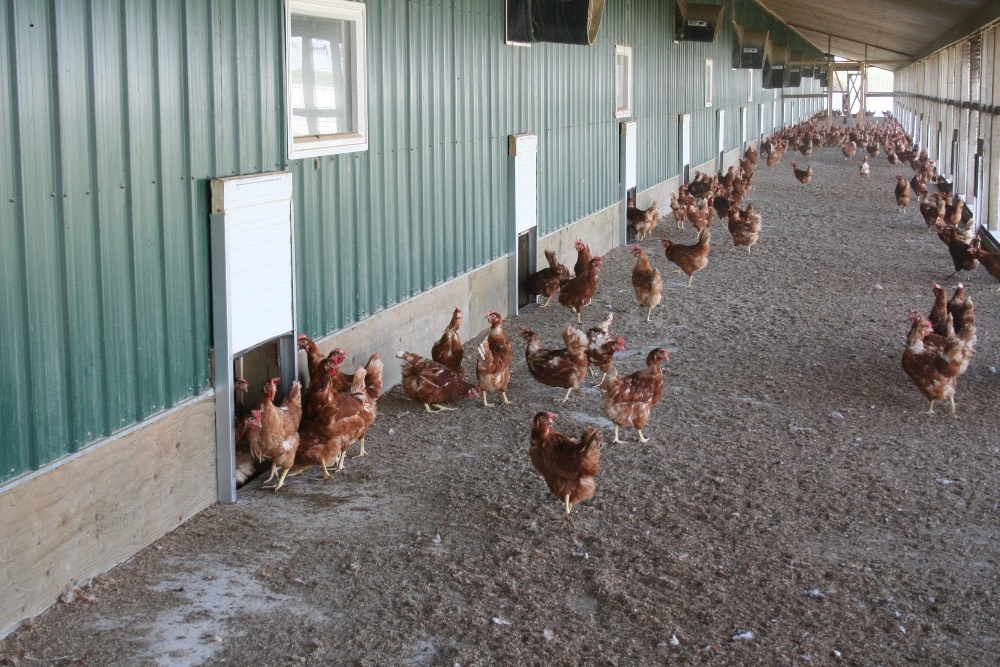
Ask the Vet: Mite treatment for free-range flock
By Alice Sinia Ph.D. Orkin Canada
Features Barn Management ProductionWhat is the recommended treatment in free-range barns for this terrible problem?
 A free-range producer has experienced significant loses due to a mite infestation.
A free-range producer has experienced significant loses due to a mite infestation. Note: Pest management expert Alice Sinia is our guest columnist for tihs question, stepping in to answer a question submited to our Ask the Vet team.
Q. We could really use some advice on eradicating mites from our flock, or at the very least, controlling them over the long term. We have used been using sulphur powder (dusted and ingested), Eprinex/Ivermectin as a spot-on, as well as regularly spraying the housing with pyrethrins.
We have switched from litter to sand as well. However, though the mites do seem to disappear for a month or so, they always come back. We have had more than 10 per cent losses in the flock due to anemia caused by this problem over the last year, as well as increased diarrhea and respiratory illness this winter, which we think is due to a decrease in the birds’ immune function because of the stress and anemia caused by the mites.
We have seen evidence of northern fowl mites, red mites, and possibly feather lice. What is the recommended treatment in free-range barns for this terrible problem?
A. Controlling bird mites and other poultry parasites can be very challenging, and you need an integrated approach. Focus treating the facility and on treating the birds with the following steps:
Treatment:
- If mites are detected, it is important that treatment be performed right away, as mite populations can establish and grow quickly. Start by emptying the holding or rearing room and working with a pest management provider to treat the area with a residual insecticide. Be sure to focus on cracks and crevices, cages, baseboards and resting poles, as these are sites were mites commonly hide.
- Next, treat the affected birds directly with dust or approved insecticide product. Consult your pest management provider before treatment and follow product labels exactly. Mites can be hidden or concealed in the bird’s feathers. So, be thorough when applying the treatment to ensure it penetrates these areas for maximum effectiveness. Overall, it is best to use a combination of liquid application, dust and ingested medication. These should all be coordinated in a timely and consistent manner for maximum efficiency. Contact a veterinarian to coordinate ingested medication as well.
Ongoing Control:
- Often times, mites can hide in the bird’s feathers, so start by thoroughly inspecting all birds that come into your facility.
- Practice good, consistent sanitation. Remember, if there is no mite activity during the growing season, there will be no population growth later on. So, it’s best practice to have a preventive strategy in plan for treating potential harbourage sites.
- In most cases, wild birds are the source of mite infestations and re-infestation. So, establish an ongoing bird control program to control nuisance populations.
Print this page